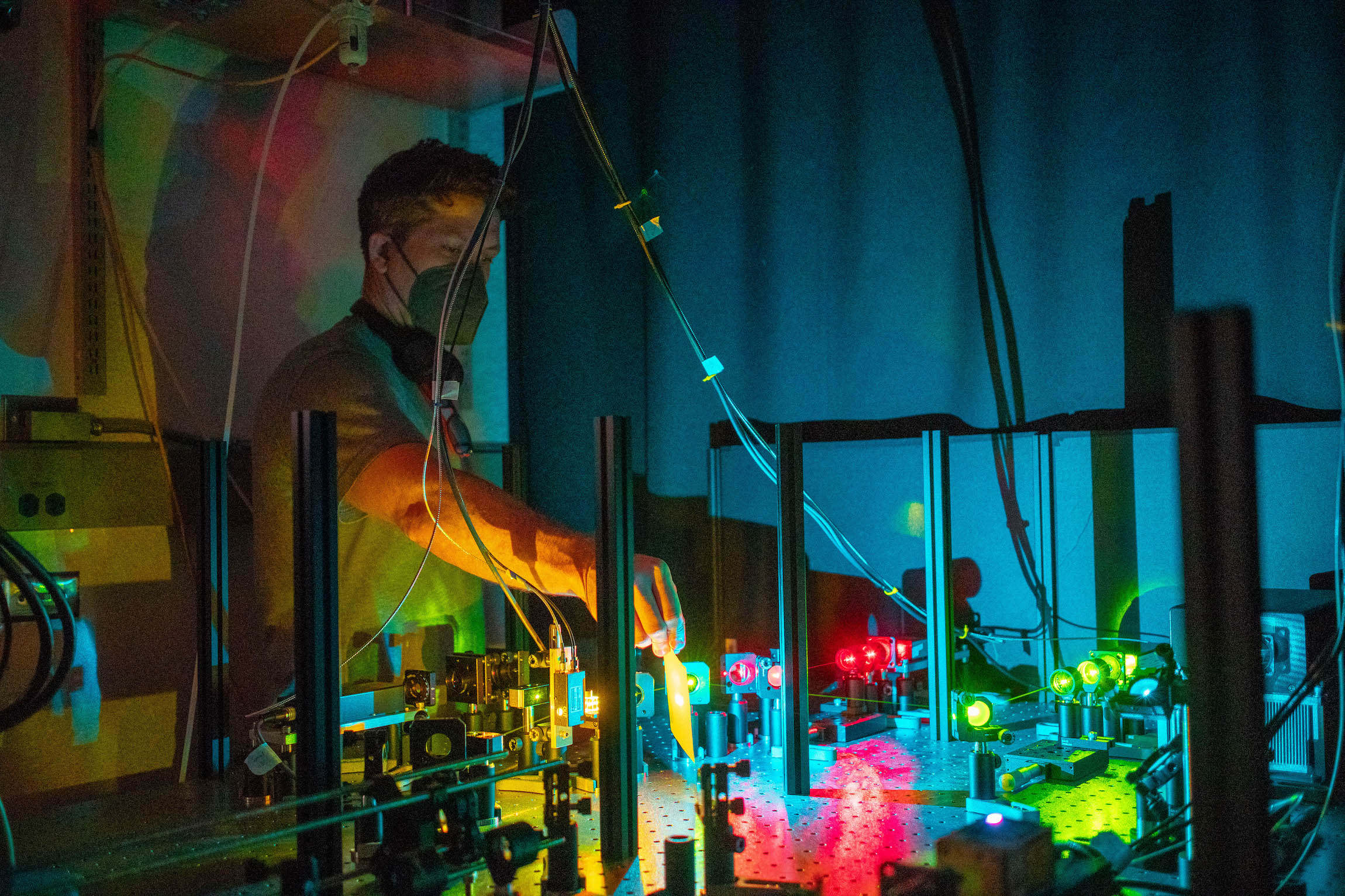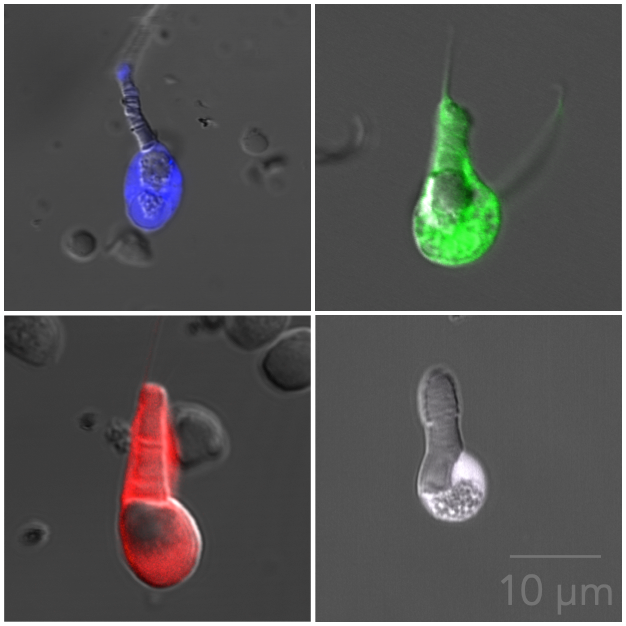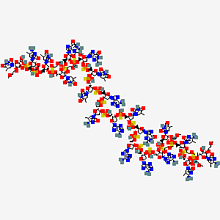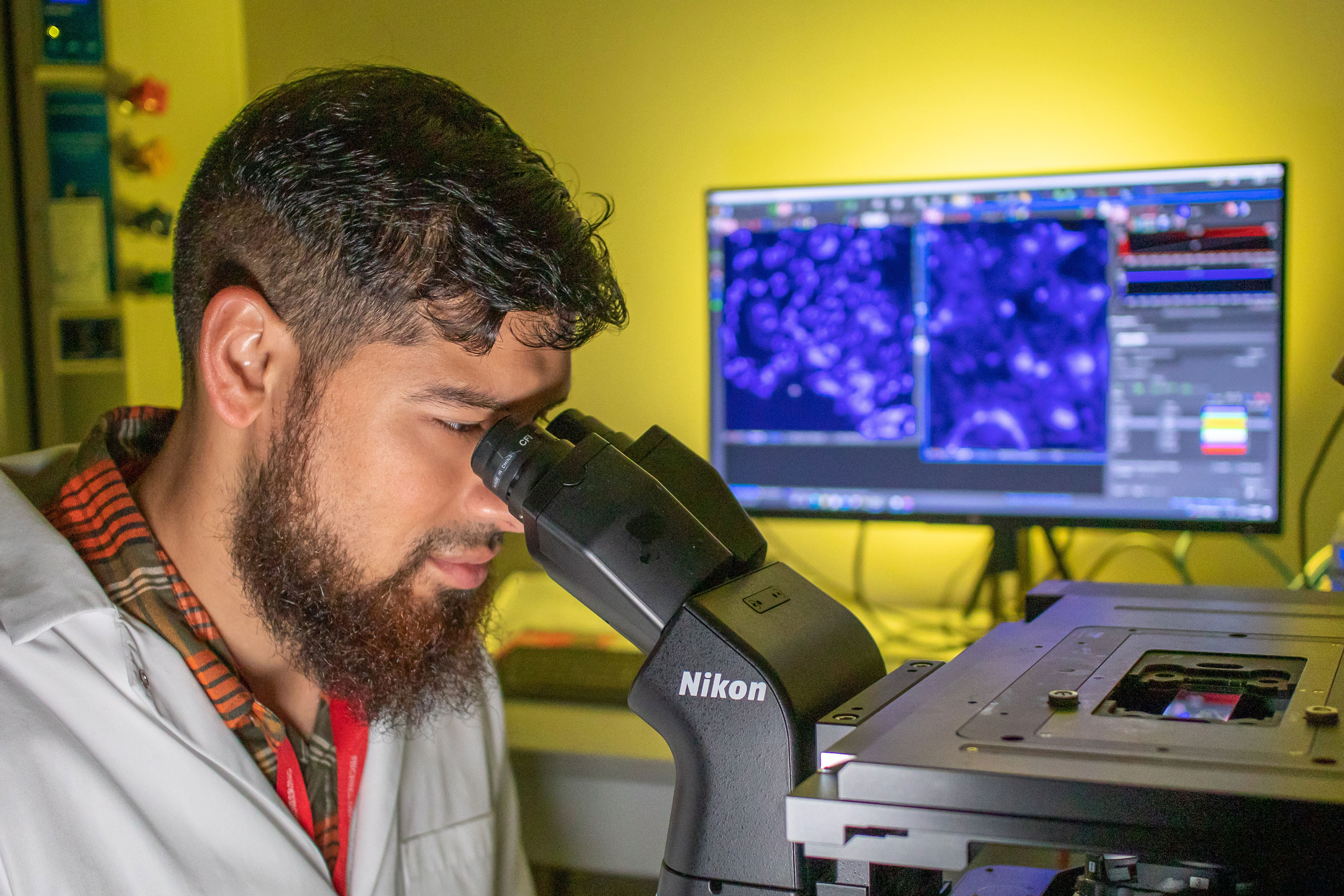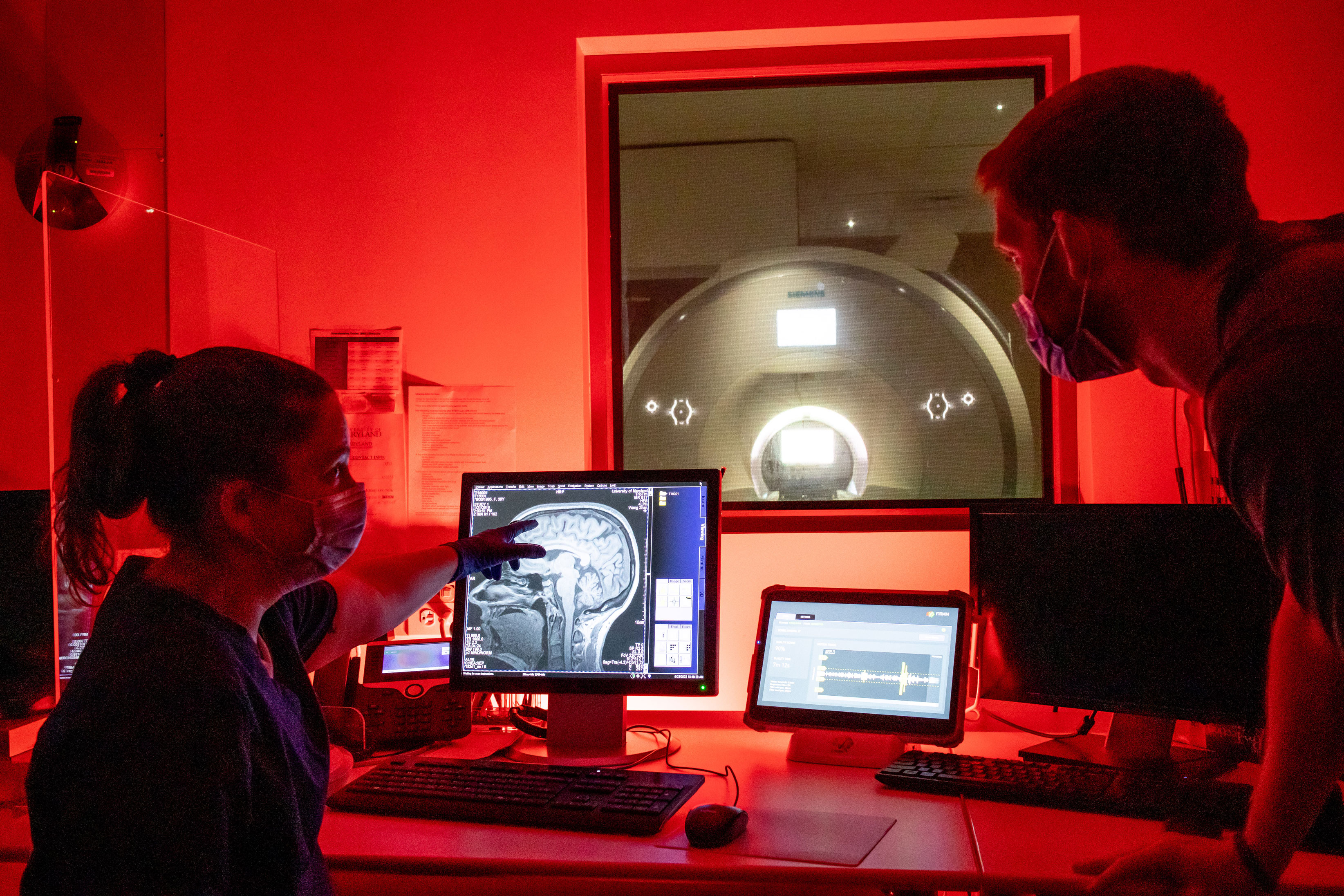Cellular & Molecular
BBI investigators examine the fundamentals of brain structure and function, focusing on gene expression, signaling pathways and the molecular composition of synapses and circuits. Meet our researchers in this area and discover some of the BBI's exciting seed projects that employ cellular and molecular analysis below.
BBI Investigators: Cellular & Molecular
Capillary electrophoresis, part of the process of separating out a cell's proteins, being performed at the Nemes lab
